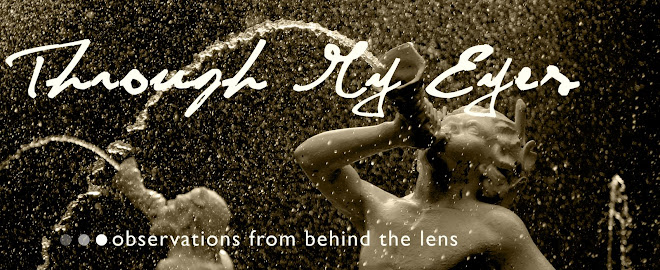I have always enjoyed shooting long exposures. So many wonderful things can happen when you leave the shutter open for a long time; in the case of this night, from fifteen seconds to over four minutes. With a shutter locked open, movement can create interesting blurs and virtually imperceptible light can fill in with dramatic effects. But in
My favorite part of photographing these monuments was trying to capture their depth and texture. Weathering, broken limbs, and a healthy coating of moss and lichens made them much more interesting. Finding angles to show off these textures was challenging and great fun. And it’s no surprise that the same principles that create great lighting in a fraction of a second in the studio carry through to exposures of stone sculptures greater than three or four minutes.
Unfortunately, the moon that so beautifully lit this serene setting also made some aspects of the shoot virtually impossible. I really wanted to freeze some of the monuments against the blur of rotating stars in the sky beyond. But the moon, coupled with the light pollution of Macon, made the sky very bright. I want to go back to Riverside soon in complete darkness and try those shots again. Until then, you can see a few of my favorites from the night here.





